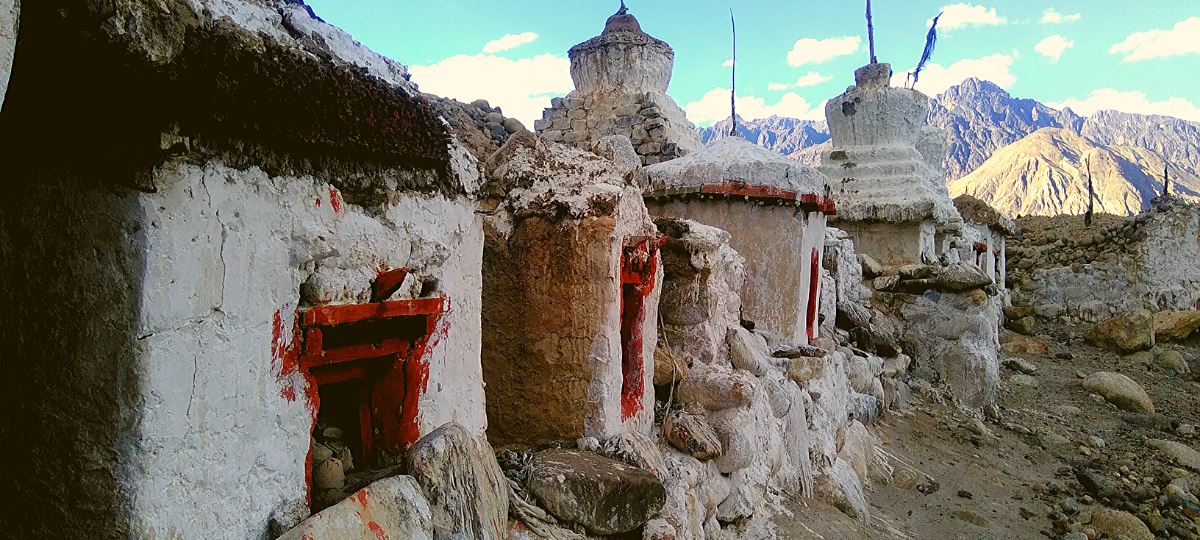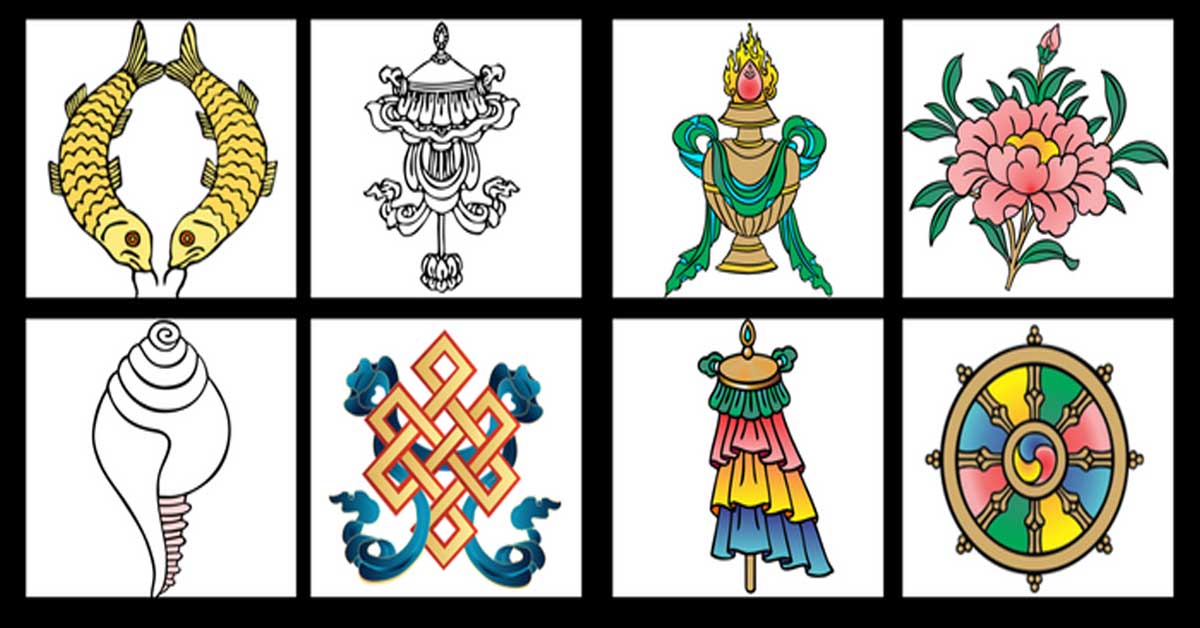Religion in Nepal

There are different kind of religion in Nepal. Some of them are mention here. Buddhism is to be blamed for the prince born in Lumbini. The prince named Siddhartha Gautama was born in Kapilvastu Lumbini zone, Nepal 2550 years ago. He was brought up in a carefree atmosphere in the palace that a father King Suddhodana wanted to shield him from the sufferings of the world. But providence wanted something different. Siddhartha made some secret trips into the city. He was first introduced to all of the dark aspects of life. Faced with poverty, sickness, misery and death. These elements were later the origin of Buddhism. He wanted to research these aspects himself and understand the causes of suffering.

One day he must have been in his late 20s and he is leaving his palace forever to look for the answers to his questions in meditation and askese. He then left his wife Yasodhara and just-born son Rahul in the palace. After many years he was able to enlighten all problems in life. Siddhartha Gautama was now a Buddha or “Enlightened One” and had to put his knowledge together in the four truths.
- All life is suffering (dukha)
- All suffering is called by desire (Samudaya)
- Sorrow can be eradicated by triggering desires on its spice (Nirodha)
- Desires can be destroyed by an eightfold path and thus also suffering (Marga)
The Indian emperor Ashoka Maurya became one of the most influential followers of the new religion. He visited 249 BC BC Buddha’s birthplace and had him erect a memorial column in his honor. Ashoka then sent missionaries in all directions. You should spread Buddha’s teachings. This is how Buddhist countries became in Sri Lanka and further parts of Southeast Asia. So much for the origins of Buddhism.
The meaning of Ashtamangala

- The wheel symbolizes virtue.
- The fish couple symbolizes spiritual property.
- The lotus flowers symbolize spiritual purity.
- The endless knot symbolizes long life.
- The vase symbolizes spiritual purity.
- The shell symbolizes the power of victory.
- The flag symbolizes the power of learning and
- The screen symbolizes spiritual sovereignty.
- The three Spirit poisons are a central concept of Buddhism.
Greed (Lobha), hate (Dosa), and ignorance (Sanskrit-avidhya, Tib. Ma-rig-pa), or delusion (moha) are the three basic mental defilements. Sometimes they are translated into German with greed, hatred and delusion. The terms ignorance, greed and anger can also be found.
In Tibetan Buddhism one speaks of five poisons (Nyon mong pa) blindness, hatred, desire, pride and envy. Ignorance, hatred, desire, pride and jealousy name others.
The word klesha (Sanskrit, suffering) denotes a cause of suffering in Indian philosophy, especially in Buddhist and Hindu religion in Nepal. There are five keshas: Avidya (ignorance), Asmita (identification, ego), Raga (desire), Dvesha (aversion), Abhinivesha (fear).
The counterpart to these rooted, unwholesome acts are the roots of wholesome roots of wholesome (kusala) actions: greedlessness, hatefulness, ignorance (lobha, dosa, moha). This corresponds to the attitudes of generosity (Dana) goodness and wisdom, which are considered the remedies for the three spiritual poisons. The quality of the kamma (kr. Karma) depends on these unwholesome or healing roots (the beings will inherit their works). The three mental poisons (jap. Bonno) also refers to the prizip (convert poison into medicine) that the Mahayana’s dialectical approach to overcoming obstacles to spiritual development shows.
In the life city of Tibetan Buddhism, the three poisons of the spirit are portrayed as the driving force of samsara. A rooster (ignorance), a snake (hate), and a pig (greed) rush each other in the seemingly endless cycle of suffering.
The three roots of the unwholesome:

Dug sum in Tibetan is an important concept of Buddhist ethics and almost the three harmful properties of greed, hatred and delusion. The term “pollution of the mind” indicates the basic cleanability or original differentness of the mind.
Greed (pali – Lobha, Tib. Dod chag) also translated as addiction or desire, that is to have and want to own, the endeavor to exist in any case and at any cost. Related to greed are the passions of intense desire (raga) and thirst for.
Hate (pali – dosa, skt. Dvesa) also translated as anger or aggression is the self-assertion of an illusionary self towards those around you. Kindness has a healing effect.
Delusion (moha) – ignorance skt. Avidya) and not knowing are largely congruent. Ignorance is a condition that is considered the root cause of all suffering experienced. The other two poisons follow basic ignorance. Not knowing is the basis of all karmically causal action. It means not knowing the truth (s) about the nature of the mind. If the delusion / ignorance / not knowing is purified, the wholesome aspect appears in the mind wisdom. These are some short story about Buddhist religion in Nepal.









